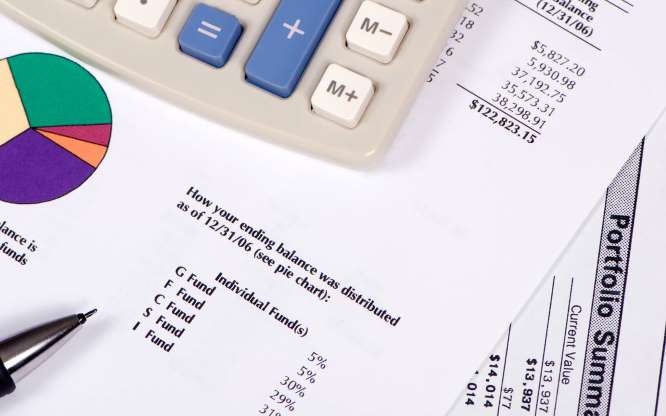
RMD Strategy No. 2: Roth Rollovers
For those who own Roth 401(k)s, there’s a no-brainer RMD solution: Roll the money into a Roth IRA, which has no RMDs for the original owner. Assuming you are 59½ or older and have owned at least one Roth IRA for at least five years, the money rolled to the Roth IRA can be tapped tax-free.
Another Roth solution to say goodbye to RMDs: Convert traditional IRA money to a Roth IRA. You will owe tax on the conversion at your ordinary income tax rate. But lowering your traditional IRA balance reduces its future RMDs, and the money in the Roth IRA can stay put as long as you like. “It’s something to consider, particularly now that tax rates are lower,” says Scott Thoma, principal at Edward Jones.
Converting IRA money to a Roth is a great strategy to start early, but you can do conversions even after you turn 70½. You must take your RMD first. Then you can convert all or part of the remaining balance to a Roth IRA. You can smooth out the conversion tax bill by converting smaller amounts over a number of years.
“Roth conversions are a hedge against future increases in taxes, and they provide flexibility,” says Williams. For instance, while traditional IRA distributions count when calculating taxation of Social Security benefits and Medicare premium surcharges for high-income taxpayers, Roth IRA distributions do not. And if you need extra income unexpectedly, tapping your Roth won’t increase your taxable income.




